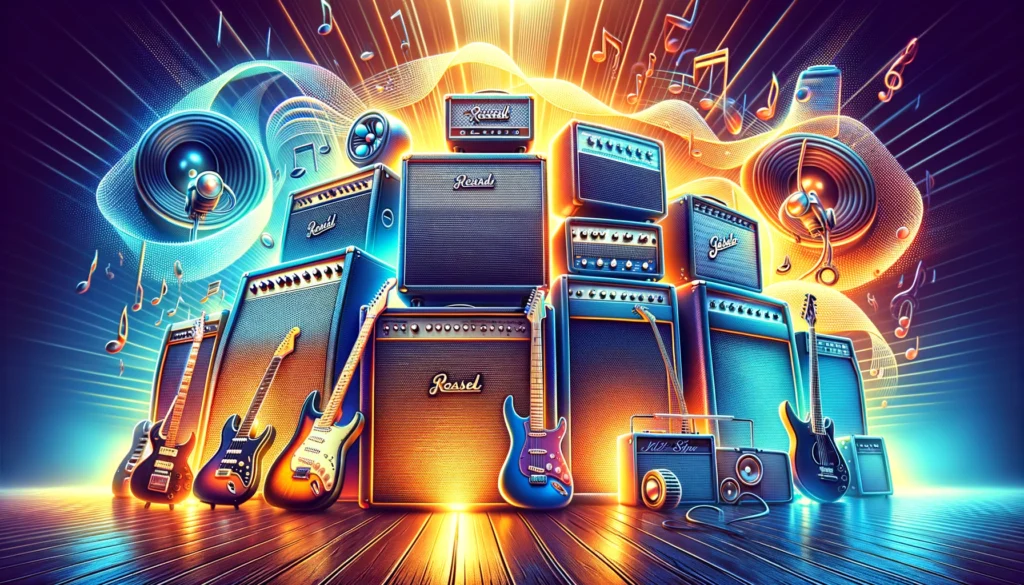
Introduction Guitar amplifiers are as crucial to a guitarist’s sound as the guitar itself. Whether you’re shredding solos in a rock band or strumming chords at a coffee shop, understanding amps is key to mastering your tone. This guide covers everything guitar players need to know about amps.
1. Types of Amplifiers
- Tube Amps: Renowned for their warm, rich tones, tube amps are a favorite among many guitarists, especially for blues, rock, and jazz.
- Solid-State Amps: These amps use transistor circuits and are known for their reliability and clarity of sound, often preferred in genres like pop and hip hop.
- Modeling Amps: A modern choice, modeling amps use digital processors to emulate the sounds of different amps, offering versatility.
- Hybrid Amps: Combining tubes and solid-state technology, hybrid amps offer a mix of warmth and reliability.
2. Wattage and Venue Size The wattage of your amp should match your playing environment. A small venue or home practice typically requires 20-50 watts, while larger venues demand 50-100 watts or more for full sound coverage.
3. Speaker Size and Configuration Speakers impact your amp’s tone and volume. Larger speakers (12-inch) deliver more bass, while smaller ones (10-inch or less) provide a tighter sound. Multiple speakers can spread sound more evenly.
4. Amp Settings and Tone Shaping Understanding amp settings (gain, EQ, reverb, etc.) is vital. Gain controls distortion, EQ shapes the frequency response, and additional effects like reverb and chorus add depth and character to your sound.
5. Impedance Matching Impedance (measured in ohms) of your amp and speakers should match to prevent damage and ensure optimal sound quality.
6. Maintenance and Care Tube amps require more maintenance, including regular tube replacements. Solid-state amps are generally more durable. Always handle amps with care, especially during transportation.
Conclusion Choosing and using the right amplifier is a journey of its own. By understanding different types of amps, wattage requirements, speaker configurations, and settings, guitarists can find their unique sound and express their musical vision with clarity and power.